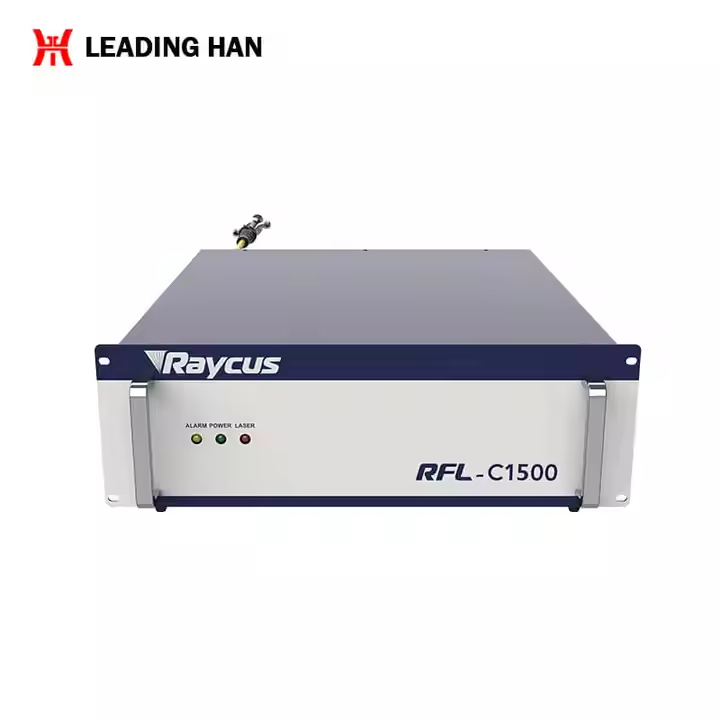Metallurgy has been important to the development of technology and industry throughout history. Metal fabrication, modern engineering’s focus area in numerous sectors, is one of the most important fields of metallurgy. This blog explains various processes of metal fabrication and their uses in contemporary engineering.
Also known as metalworking, metal fabrication involves taking raw materials and transforming them into machines or buildings. This involves a number of operations including cutting, bending, welding, and assembling distinct units into a complete configured structure. Every step of the process is different to achieve a certain goal; in this case, the goals set by the vision of an engineer or a manufacturer. It is evident that an engineer or a manufacturer must know the details of every technique to achieve the set objectives.
- Cutting Methods
Most tasks of importance begin with some form of cutting. While some people choose to use more primitive practices as sawing and shearing, there are those who use newer forms such as laser cutting, water jet cutting, and many others. In contemporary engineering, laser cutting is considered to be the most precise type of cutting because of the unrivaled attention to detail given while cutting thin layers of materials. Water jet cutting is more versatile since it can cut many types of materials without raising their temperature, thereby preserving the integrity of water and other such materials.
- Bending and Forming
Once the metal is cut, the next step is either bending or forming. More complicated shapes and angles are now possible to achieve by using methods like press braking and roll bending. Press brakes operate by using a punch and a die to bend the sheets of metal, while roll bending is done by passing the metal through a series of rollers. New technology has made it possible for enhanced artistry along with the proper engineering wisdom to make these things functional and strong while still having appealing beauty.
-
Techniques of Welding
Welding is the process of combining two or more parts to form a new single part. It is one of the primary procedures of metal fabrication. Depending on the type of work required, different kinds of welding are used. These include MIG (Metal Inert Gas) welding and TIG (Tungsten Inert Gas) welding and spot welding. MIG is the most prevalent type of welding, while TIG welding is done on very thin pieces. Spot welding is a common technique for mass production, particularly for automobiles, because of its speed. -
Mechanical Finishing Operations
After fabrication, the sanding, painting, and galvanizing of metal products increase their functionality and attractiveness. These finishing processes enhance durability by protecting against wear and corrosion. In addition, surface treatments like powder coating, if designed to meet certain customer requirements, also add worth. Engineers must include these factors when designing their processes in order to balance practicality, vision, and beauty. -
Advancements in Metal Fabrication
Techonolgy has brought about unprecedented changes within the metal fabrication industry. There is Automation and Robotics within the fabrication processes and there is also a greater use of additive manufacturing (3D printing) than ever before. Shifts in engineering expect custom and rapid prototyping metal parts to be manufactured at an accelerated pace. As an engineer staying current with these trends is very important for remaining competitive in the market.
Final Remarks
Metal fabrication, as we defined extensively in the previous sections which is a subsuming process adopts an emancipatory structure bracing myriad other fields, ranging from engineering, construction, and so on, underscores the persisting need for understanding metamorphosed technologies and methodologies. The aforementioned areas sooner than later are bound to encounter these emerging technologies along with the newest techniques of construction and engineering. The point worth noting is, innovation should be directed towards the easement of procedures of execution of metal fabrication works in multiple projects which fundamentally improves quality and performance.

